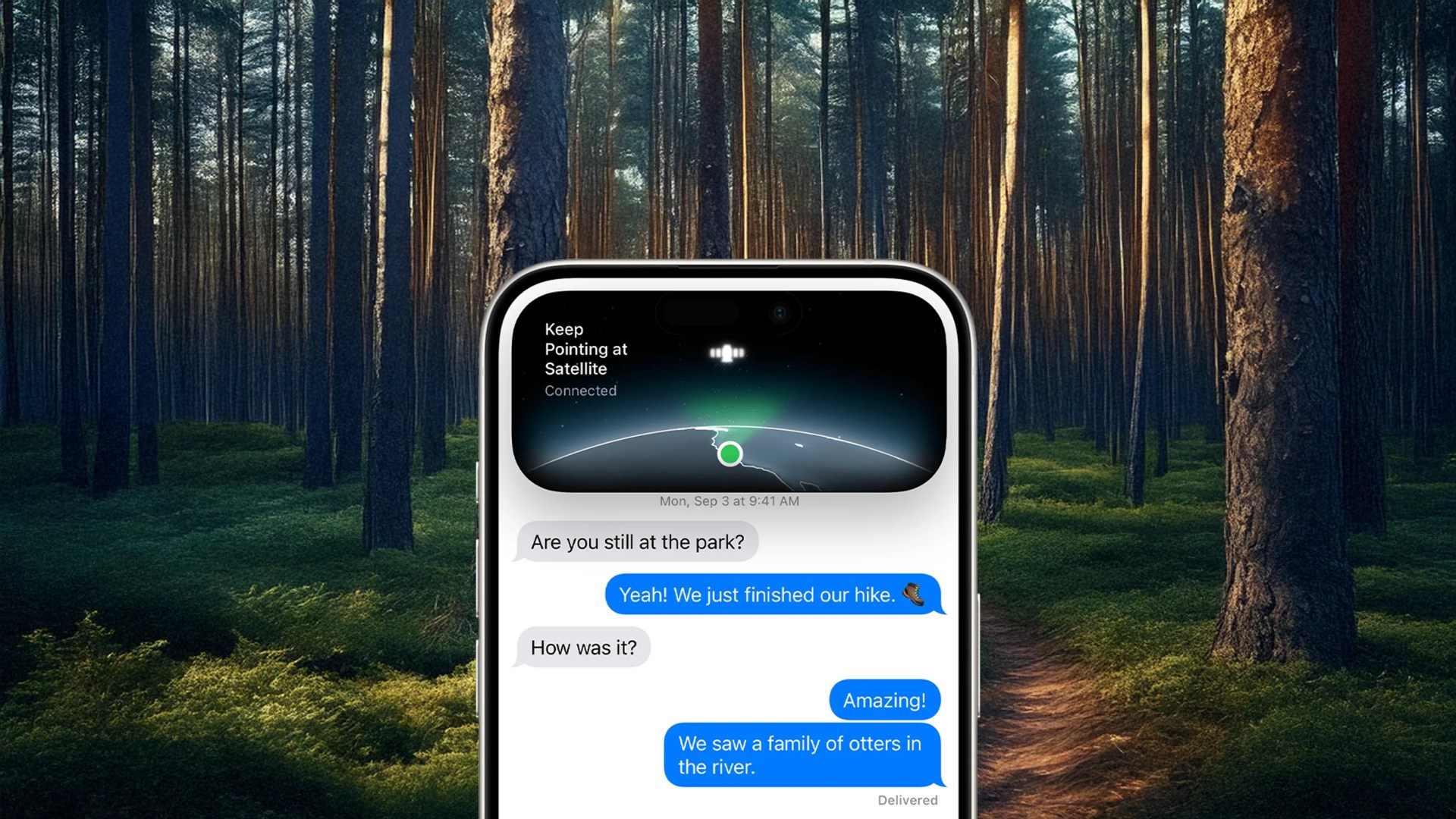The Rise of Satellite Messaging on Smartphones
For years, venturing into areas without cellular service meant relying on specialized satellite communication devices. Now, smartphones are rapidly evolving into capable emergency communicators, bridging the gap between convenience and reliable off-grid connectivity. Thanks to advancements in technology and partnerships between smartphone manufacturers and satellite providers, features that were once considered niche are becoming increasingly mainstream.
Device-Specific Satellite Communication Services
Apple and Google have been at the forefront of integrating satellite communication capabilities directly into their smartphones.
Apple’s Emergency SOS via Satellite
Apple introduced Emergency SOS via satellite with the iPhone 14. This groundbreaking feature allows users to contact emergency services when no cellular or Wi-Fi signal is available. The service has since become standard on newer iPhones. Apple has expanded its satellite offerings to include:
- Roadside Assistance via satellite: A partnership with AAA enables users in the U.S. to request assistance for issues like flat tires or dead batteries when off-grid.
- Messages via satellite: iPhone users can now send standard iMessages to other Apple device users, even without cell coverage. This feature also supports location sharing through Find My via satellite.
These features are available for free on iPhone 14 or newer models running iOS 18 or later.
Google’s Satellite SOS
Google has taken a similar approach with the Pixel 9 and Pixel 9 Pro. The Satellite SOS feature, powered by Skylo, allows users to contact emergency responders and trusted contacts from anywhere with a clear view of the sky. Similar to Apple, Google has integrated its satellite feature into Google Messages, enabling users to send texts even when offline. It also offers location-sharing tools and a streamlined setup for pre-selecting emergency contacts.
Benefits of Device-Specific Services:
- No additional sign-up or opt-in required for iPhone 14 or newer and Pixel 9 owners.
- Currently offered without additional charges by Apple and Google.
Shortcomings of Device-Specific Services:
- Requires owning a specific smartphone model.
- Users must configure satellite communication settings before they are needed.
- Mobile operating system software must be up to date.
- Requires pointing the device in the correct direction to connect with a satellite. Apple’s service requires maintaining this alignment as the satellite moves.
- Coverage is limited to certain countries and regions. Connectivity can be unreliable in dense forests, canyons, or under heavy cloud cover.
- Messaging is limited to built-in apps like iMessage or Google Messages.
- In some cases, only emergency messaging is supported.
Carrier Satellite Communication Services
Wireless carriers are also entering the satellite communication space, offering broader compatibility and richer capabilities.
T-Mobile’s T-Satellite
T-Mobile has launched T-Satellite, a satellite text messaging service powered by SpaceX’s Starlink satellites. This service is available even to Verizon and AT&T users with compatible phones equipped with eSIMs, as a separate service on top of their existing wireless plans.
Verizon’s Satellite Communication Service
Verizon has launched a similar service, free for current subscribers who own an iPhone 14 running iOS 18, Google Pixel 9 series owners, and Samsung Galaxy S25 owners. This service is powered by Skylo, the same satellite provider powering Google’s Pixel-exclusive satellite emergency messaging services.
These carrier satellite services allow users to send and receive text messages in areas without cell service. Some services, like T-Mobile’s T-Satellite, also support sending pictures on select Android devices. Verizon and AT&T have also announced plans to build additional satellite connectivity options, such as voice communication and video calls over satellite.
Benefits of Carrier Satellite Communication Services:
- Broad compatibility with existing smartphones.
- Potential to scale up dramatically in the coming years.
- Access to multiple satellite communication networks for redundancy.
- Some services, like T-Mobile’s T-Satellite, do not require pointing the phone at a specific satellite.
- Potential for more connectivity and messaging options than device-specific services.
Shortcomings of Carrier Satellite Communication Services:
- Requires signing up before venturing off-grid.
- May involve a monthly fee.
- Requires determining which smartphones support the service.
Dedicated Backcountry Communicators vs. Smartphones
Despite the advancements in smartphone satellite capabilities, dedicated satellite communicators like Garmin’s inReach series remain the gold standard for backcountry communication.
Benefits of Dedicated Backcountry Communicators:
- Optimized for use in rugged conditions.
- Significantly longer battery life than smartphones.
- Connect to a long-standing Low-Earth Orbit (LEO) satellite network, providing reliable communication even in remote regions.
Shortcomings of Dedicated Backcountry Communicators:
- Expensive upfront cost.
- Monthly service fees.
- Requires remembering to pack the device.
- Communication can be slower than on smartphone services.
- The current satellite network will eventually stop functioning.
Key Features of Dedicated Backcountry Communicators:
- Ruggedized housings and physical buttons.
- Battery life measured in days.
- Global coverage via the Iridium satellite constellation.
- Ability to send photo and voice messages (on some models).
- Flexible pairing with smartphones via dedicated apps.
The Case for the iPhone’s Satellite Messaging Versatility
Modern iPhones may be the most versatile satellite messaging devices available to consumers today, not because they are the toughest, but because they are the most connected.
Modern iPhones support:
- Apple’s Emergency SOS via satellite: A free, built-in service that uses the Globalstar satellite network.
- T-Mobile’s T-Satellite: Offering access to the Starlink network for basic text messaging.
- Satellite messaging support via Skylo (for Verizon customers): The same provider that powers Google’s Pixel 9 satellite features.
This means a single iPhone can theoretically tap into three distinct satellite networks: Globalstar, Starlink, and Skylo. No other civilian satellite communicator offers this level of remote network diversity.
While Iridium, the network behind Garmin’s inReach devices, has decades of proven global performance, having access to multiple satellite systems offers redundancy and increased reliability. In that sense, the iPhone isn’t just catching up, it may be playing a different, and arguably smarter, game.


